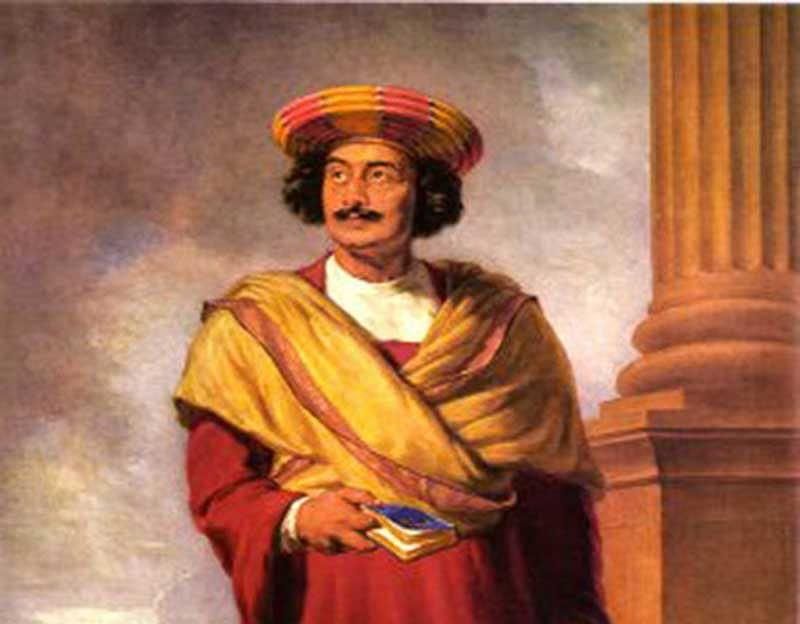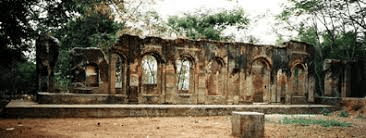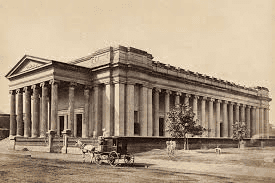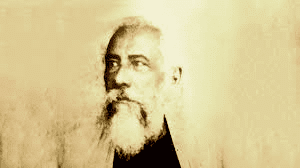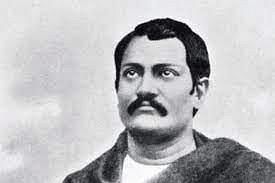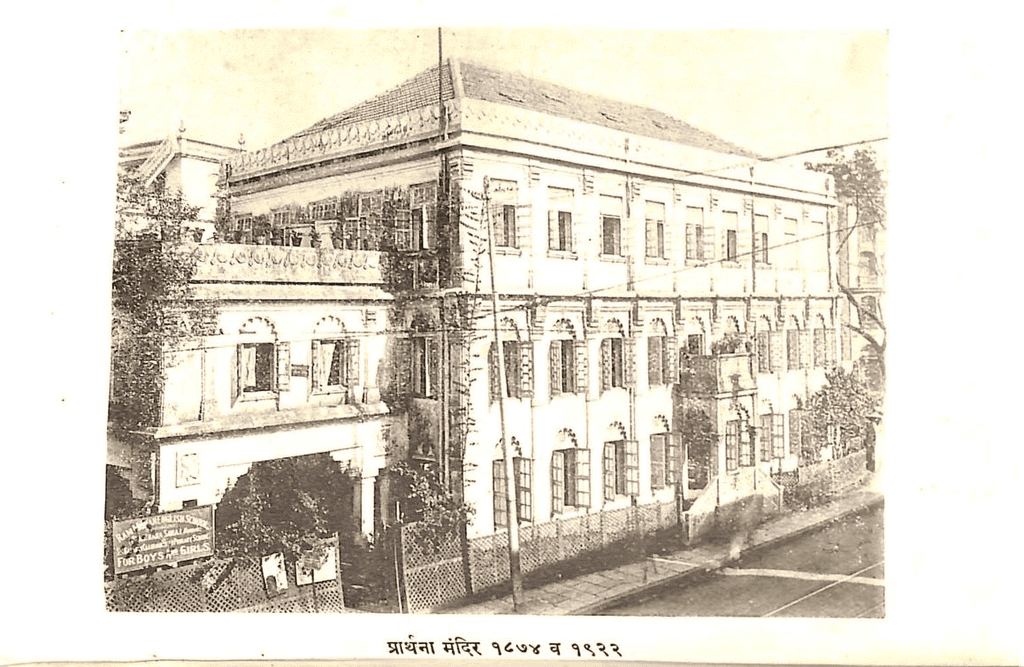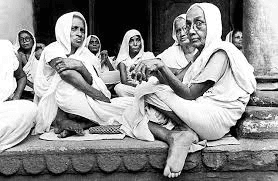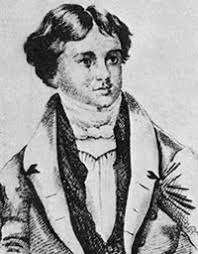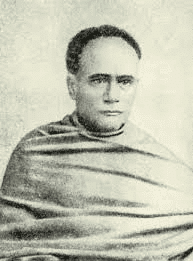|
Card: 3 / 40 |
The principles of Brahmo Samaj include the worship of the Eternal Being without ___ and ___ . |
|
Card: 6 / 40 |
He campaigned against sati (widow burning) and succeeded in getting it declared a crime. 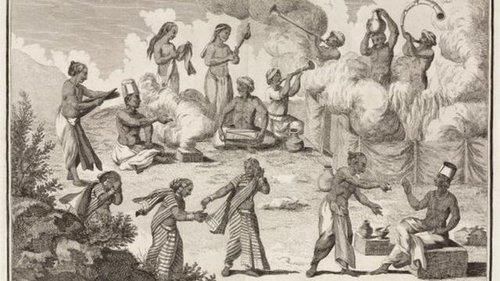 |
|
Card: 7 / 40 |
Fill in the blank: Raja Rammohan Roy founded the Atmiya Sabha in ___ to promote ___ ideals of Vedanta. |
|
Card: 9 / 40 |
Raja Rammohan Roy promoted modern education through institutions like ___ and ___. |
|
Card: 11 / 40 |
Debendranath Tagore contributed to the Brahmo Samaj by advocating for ___ and ___ among other social reforms. |
|
Card: 13 / 40 |
True or False: Keshab Chandra Sen expanded the Brahmo Samaj primarily outside of Bengal. |
|
Card: 15 / 40 |
The Brahmo Samaj opposed practices like ___, ___, and ___ as part of its advocacy for gender equality. |
|
Card: 18 / 40 |
The Brahmo Samaj addressed issues such as casteism, untouchability, and advocated for gender equality. |
|
Card: 19 / 40 |
True or False: The formation of the Sadharan Brahmo Samaj was a result of disagreements within the Brahmo Samaj. |
|
Card: 21 / 40 |
The Prarthana Samaj was founded in ___ by Keshab Chandra Sen and Atmaram Pandurang. |
|
Card: 24 / 40 |
Opposition to the caste system, promotion of women's education, advocacy for widow remarriage, and raising the marriage age for both genders. |
|
Card: 25 / 40 |
True or False: The leaders of the Prarthana Samaj advocated for the promotion of superstitions and blind faith. |
|
Card: 26 / 40 |
False - The Prarthana Samaj advocated for social reform through education and rational thought. |
|
Card: 29 / 40 |
The Young Bengal Movement was led by ___ and emerged in the late 1820s and early 1830s. |
|
Card: 31 / 40 |
Fill in the blank: The Young Bengal Movement supported women's rights and education, and it aimed for ___, ___, and ___ for all individuals. |
|
Card: 33 / 40 |
Fill in the blank: Henry Vivian Derozio was removed from ___ College in 1831 due to his radical views. |
|
Card: 39 / 40 |
True or False: Ishwar Chandra Vidyasagar was primarily focused on preserving traditional Indian education without any Western influence. |
|
Card: 40 / 40 |
False. He aimed to blend Indian and Western ideologies to modernize education. |




